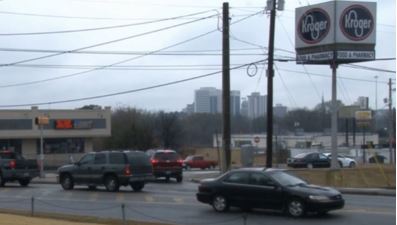Fifty years ago this week, the U.S. Supreme Court ruled that a whites-only East Macon had to be integrated.
But that was just one stop in a decade-long legal fight that turned the former Baconsfield Park into the site of a shopping center and office park.
According to online accounts of the case, it all started with the will of Augustus Octavius Bacon, a Confederate veteran and U.S. senator who died in 1914.
He left 75 acres on the east side of the Ocmulgee to the city of Macon for a park for the "white women and children of Macon."
Baconsfield was a popular Macon park for nearly a half century, featuring pools, playgrounds and sports fields.
The park was owned by the city but run by a white board of managers enforcing Bacon's restrictive covenant on the land.
In 1963, though, the city decided to integrate the property; the board of managers tried to remove city control of the park and keep it segregated.
But Bacon's family and supporters of the segregated park weren't through.
They argued that because integrating the park violated the terms of Bacon's will, the land should revert to his heirs and the park should close.
Macon civil-rights activists challenged that, the Georgia Supreme Court agreed with the Bacon family, and the case headed back to Washington.
That led to a "Save Old Baconsfield" movement in the city aimed at buying the land and preserving the park.
The city of Macon backed out of the cause in 1972, and Bacon's heirs finally sold the property. It was eventually used for a shopping center, housing, an office park and more.
This article is based on online accounts of the Baconsfield Park case and the U.S. Supreme Court decisions.


